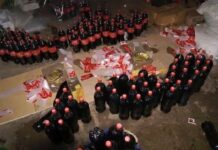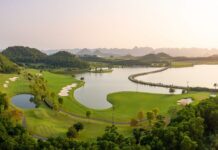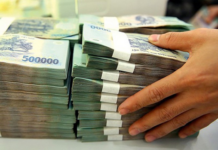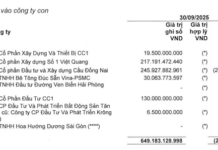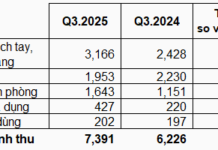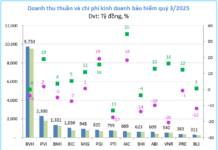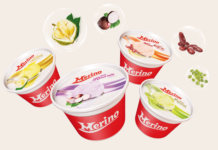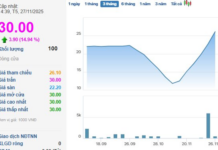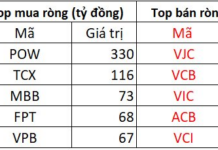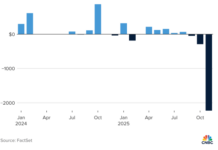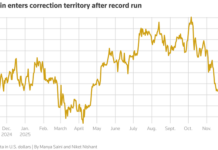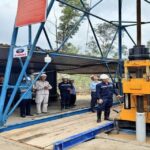On May 23, the People’s Committee of Hoi An City organized a ceremony to celebrate the 15th anniversary of Cu Lao Cham-Hoi An being recognized as a UNESCO World Biosphere Reserve (May 26, 2009 – May 26, 2024). This event aimed to honor the efforts in preserving and promoting the natural and cultural values of the area while also contributing to sustainable economic development and improving the livelihoods of the local community.
UNIQUE VALUES
The Cu Lao Cham-Hoi An World Biosphere Reserve was recognized by the UNESCO Man and the Biosphere (MAB) International Coordinating Council on May 26, 2009, in Jeju, Republic of Korea. This recognition highlighted the unique and outstanding values of the reserve within the system of 11 biosphere reserves in Vietnam.
The distinctive and prominent values include: The Cu Lao Cham Marine Protected Area, established in 2006 as part of the national protected area system; Hoi An Ancient Town, a UNESCO cultural heritage site recognized in 1999; Mangrove forests with the characteristic ecosystem of water coconut forests at the Thu Bon River mouth; Special-use forests on Cu Lao Cham Island; Coastal protection forests; Traditional craft villages, along with outstanding intangible and tangible cultural values associated with the land and people of Hoi An throughout history.
According to UNESCO, the Cu Lao Cham-Hoi An World Biosphere Reserve is a typical and vivid example of the connection and harmony between nature and humans, reflecting the mission and name of the UNESCO Man and the Biosphere (MAB) Program.
The year 2024 marks the 15th anniversary of Cu Lao Cham-Hoi An’s recognition as a World Biosphere Reserve. This title is a testament to the world’s recognition of the outstanding efforts of Hoi An city and the people of Cu Lao Cham Island in preserving and promoting the values of natural and cultural resources, aiming towards sustainable development.
PERSEVERANCE IN SAYING “NO” TO PLASTIC WASTE
Ms. Tran Thi Hong Thuy, Vice Chairman of the Cu Lao Cham-Hoi An Biosphere Reserve Management Board, shared that since the establishment of the Cu Lao Cham Marine Protected Area in 2006 and especially after being recognized as a World Biosphere Reserve by UNESCO in 2009, Cu Lao Cham has been the first locality in the country to launch the “Say No to Plastic Bags” campaign. In 2018, they also took the lead in implementing the community commitment to “Say No to Plastic Straws.”
Various communication and education programs, combined with close coordination between relevant parties and the consensus of the people, have been consistently implemented over the past 15 years to reduce plastic waste.
The successful implementation of programs and campaigns to discontinue the use of plastic bags, single-use plastics, and waste recycling has contributed to a greener, cleaner, and more attractive environment for the World Biosphere Reserve. This has drawn the attention of domestic visitors and international organizations, making it a popular eco-tourism destination in Cu Lao Cham-Hoi An.
FROM A POOR FISHING VILLAGE TO A LEADING COMMUNITY IN THE PROVINCE IN TERMS OF INCOME
According to Ms. Pham Thi My Huong, Chairman of Tan Hiep Commune People’s Committee (Cu Lao Cham Island), one of the most significant achievements of being recognized as a World Biosphere Reserve is environmental protection. Before the year 2000, this island commune was littered with garbage, but now, Cu Lao Cham is well-known for its clean and beautiful environment, thanks to the “Say No” campaigns against plastic bags, straws, plastic water bottles, and single-use plastic products.
Cu Lao Cham is also one of the first areas in the country to implement waste control in residential areas, public places, markets, and even on fishing boats.
The exploitation of aquatic resources such as stone crabs and lobsters, among others, is now done in a controlled manner, with heightened awareness and efforts from the community to protect rare flora and fauna on the island and in the surrounding seas.
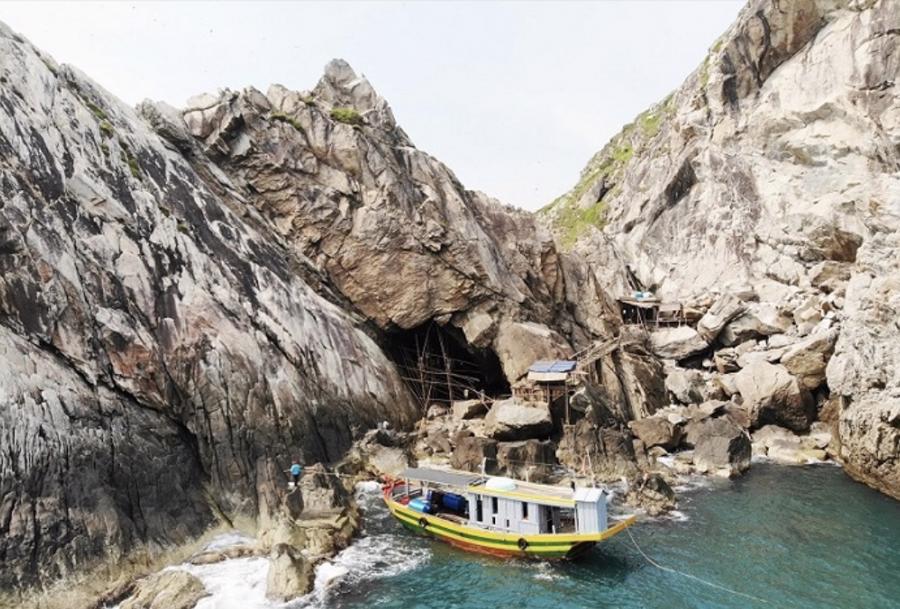
With the consensus of the people and the synchronized and responsible participation of the Hoi An authorities, the achievements in environmental protection over the past 15 years in the Cu Lao Cham-Hoi An Biosphere Reserve have created a unique brand and laid the foundation for a plastic-free island and biosphere reserve, which the community is committed to preserving sustainably.
Cu Lao Cham Island has transformed from a poor and underdeveloped fishing village, with uncontrolled exploitation of forest and marine resources and widespread littering, to a leading community in the province in terms of income. After 15 years of being recognized as a World Biosphere Reserve, the island has not only successfully overcome poverty but has also made remarkable strides in environmental protection and biodiversity conservation, becoming a shining example for visitors from all directions.
The 15th-anniversary celebration of Cu Lao Cham-Hoi An being recognized as a UNESCO World Biosphere Reserve (May 26, 2009 – May 26, 2024) took place over two days, from May 22 to 23, with a diverse range of activities.
This event served as an opportunity to honor the achievements and affirm the determination to change perceptions, unify actions, and proactively address challenges to curb the accelerating loss of biodiversity and ensure ecological balance. It also aimed to spread the specific actions of the people of Cu Lao Cham-Hoi An to the community, moving towards building a future of “Living in Harmony with Nature” by 2050.




